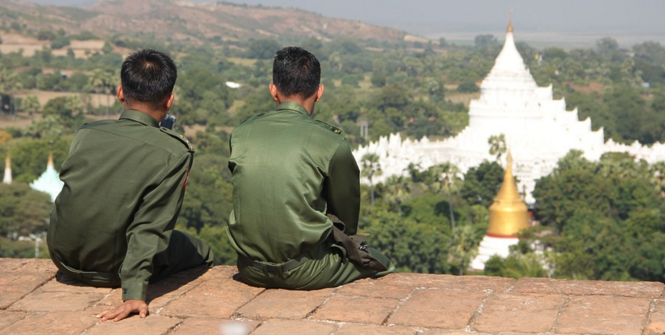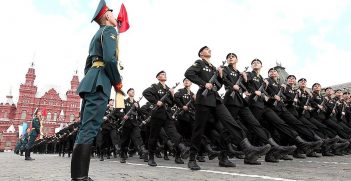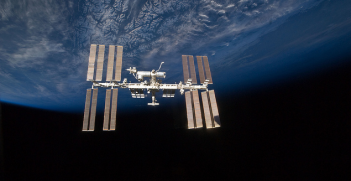Civil Society Prospects for Post-military Rule in the Asia-Pacific

As observed in cases such as Fiji and Burma, the nature of civil society is transformed by a strong military presence. The post-military era produces its own challenges which provide a persuasive argument for caution.
While the nature of civil society in the post-military-rule environment may appear diverse, each case contains lasting legacies in terms of the military’s influence, as well as lasting divisions in society that can persist or resurface during the transition from military rule to a more open political space.
The reforms introduced by Burmese president Thein Sein in 2011, for example, created the impression among many observers that civil society was liberated, civil liberties had returned, and the country was well on the way to a full democratic transition. More cautious observers, however, were well aware of the country’s many internal problems and remained wary of the prospects for democracy. Nor is there any expectation that the symbiotic civil–military relationship will change dramatically in the foreseeable future. Rather, it is presumed that this complex relationship will continue to evolve.
To be sure, there have been substantial changes to everyday life in Burma compared to the days of direct military rule. Many political prisoners were initially released, the number of newspapers and magazines has flourished, access to printing facilities and the Internet is no longer tightly controlled, and a tsunami of CBOs and international NGOs has re-entered and explored in-country possibilities. Even public demonstrations against electricity blackouts and media restrictions were tolerated in 2012.
However, while media restrictions were eased somewhat with the removal of pre-publishing censorship by the government, this merely placed the onus of self-censorship on editors and publishers, who were still required to conform to the Printers and Publishers Registration Law of 1962. Although there was a substantial increase in the number of publications covering political and social issues (including the NLD’s own newspapers), various news journals were suspended in 2012, and there was a rise in criminal defamation actions launched against editors and journalists by members of the government.
By 2014, scores of journalists and editors had been arrested and imprisoned under the criminal code or the 1950 Emergency Provisions Act for publishing defamatory, erroneous or alarming stories, and one freelance journalist died in custody. The number of political detainees and human rights activists held in custody has also increased and major student protests against a new education law ended with a violent police crackdown and subsequent arrests in Letpadan and Rangoon in 2015.
A more ominous trend in the post-military-rule period has been the rise of Buddhist nationalism and anti-Muslim violence spurred on by a small clique of the sangha led by the Mandalay-based monk U Wirathu and the 969 Movement—a religious-nationalist group encouraging Buddhists to boycott Muslim businesses and prohibit interfaith marriages.
Anti-Muslim violence has occurred since 2012 in Rakhine State and in cities and towns across the country, where Muslim communities have been targeted by Buddhists. Rioting and communal violence has led to government-imposed curfews and numerous presidential declarations of states of emergency.
In most instances, the local police have not interfered and the military has remained silent – their inaction fuelled speculation that hardliners have used these incidents to showcase the need for a strong military presence. The slow government response to such incidents also prompts the question as to what extent such regimes become indebted to (or even captured by) the civil society organisations with which they look to develop relationships.
Given the power and influence of the sanghain Burma today, it is questionable whether the president or the armed forces could confront U Wirathu and challenge the prevailing anti-Muslim sentiment without considerable cost to the country’s stability and possibly even themselves. The political sensitivity of these events also places the democratic opposition in an awkward position with their electorate – under military rule, the NLD and the majority of the sangha had adopted a common stand on democracy and human rights.
Fiji’s post-military-rule environment will continue to involve a strong military influence, given the redefining by the interim government of the RFMF’s role in politics and society – and because the military held on to power for so long. Changing demographics and the easing of pressures associated with bicommunal politics have led to the emergence of new cleavages that are not based on the traditional Indo-Fijian/indigenous Fijian divide. Rather, a dominant military-backed government has emerged which, unlike Burma, is not encumbered with secessionist ethnic-based movements.
Aside from the pro-government media outlets, the general media continues to practise daily self-censorship in Fiji, and the interim government’s Media Industry Development Authority, set up in 2010, still monitors all media outlets. The Media Industry Development Authority enforced Bainimarama’s decrees covering the media leading up to the election and denied that his Fiji First party was given unfair advantages. Dissident blog-site activity has noticeably decreased since the election. However, television licences are still required to be renewed every six months.
Given that most of the interim government’s decrees have remained in force under the 2013 constitution, it is unlikely that independent civil society will see much rapid progress in the near future. Moreover, unlike Burma, the interim government in Fiji removed the GCC and the Methodist Church as possible destabilising threats to its future rule by disbanding them, arresting their members or cancelling their meetings. In this case, the military culture of rules and regulations has replaced tradition-bound norms and practices.
The examination of these two militarised regimes in the Asia-Pacific has shown that there are limits to the degree that civil society can develop and mature when there is a strong military presence or influence over political society following periods of direct military rule. In post-military-rule environments when civil society is still in its early stages of transformation and development, many freedoms remain undefined as groups explore and challenge the limits of boundaries set up by their former military rulers and their quasi-military contemporaries.
These conditions exist in Burma and Fiji today, and they will also be true of Thailand in the future. While new freedoms create a sense of openness in society, unrestrained freedom also challenges conservative military thinking. However, practising self-censorship and self-restraint is difficult in this context, given the changes to public and social media and the arrival of new CSOs, NGOs and international NGOs—many of whom are unaware of the deep-rooted interests and unstated limits that they may challenge.
Independent civil societies take time to mature and their degree of independence depends to a very large degree on the military’s continued involvement in political society and the likelihood of any future intervention. Indeed, in any study of civil society in militarised regimes, it would be a mistake not to keep the interests of the military in mind. The Asia-Pacific region provides ample evidence for caution in this regard.
Dr Stephen McCarthy is a Senior Lecturer at Griffith University. This article is an edited extract from ‘The limits of civil society in militarised regimes: evidence from the Asia-Pacific‘ published in full in the Australian Journal of International Affairs Volume 69, Issue 6, 2015.





